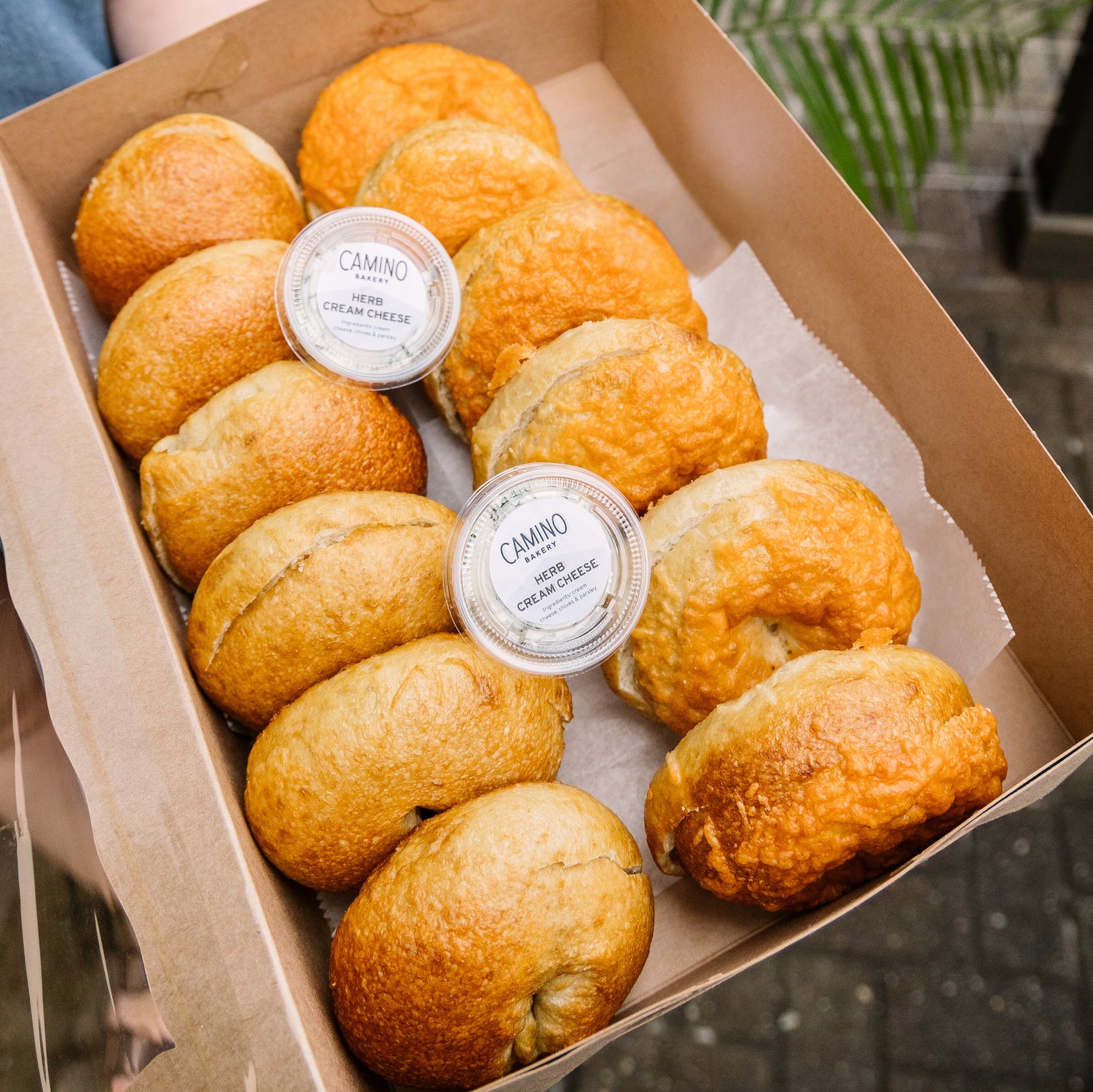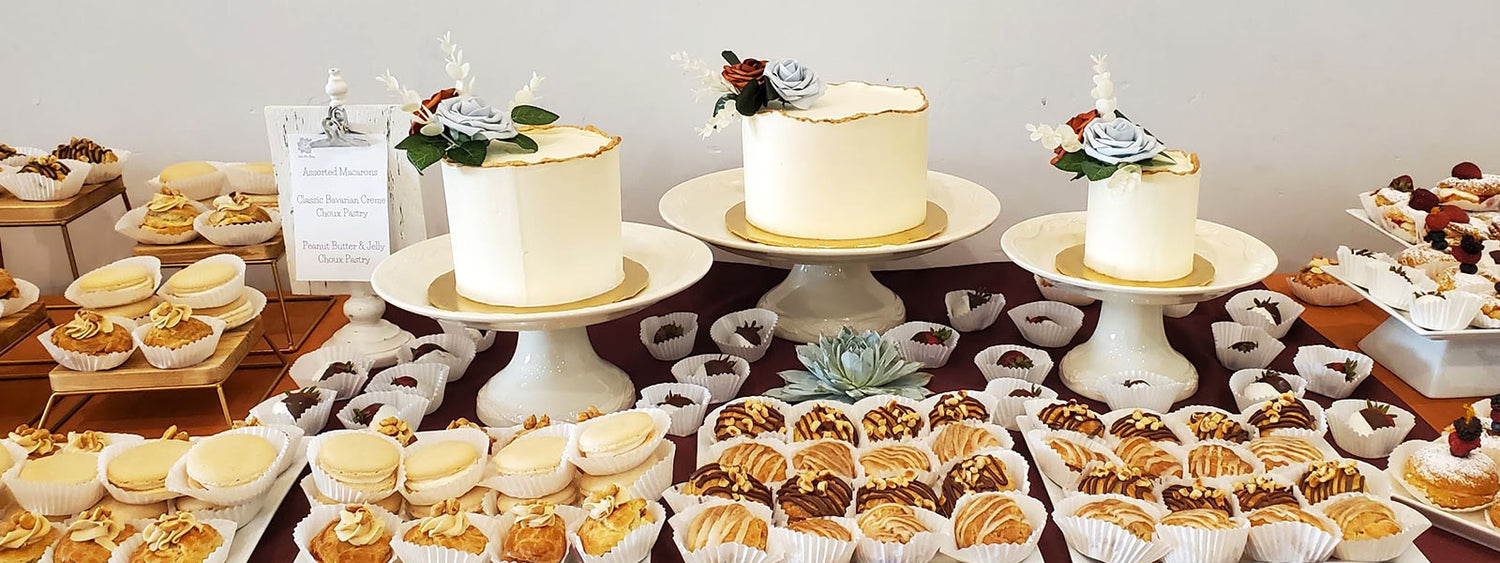Just how to Select the most effective Catering Maddington for Your Needs
Understanding the Art of Bakery Products: From Freshly Baked Breads to Irresistible Pastries and Finger Foods
From the science behind the ideal loaf of bread, where fermentation and gluten advancement play critical duties, to the skill required for creating split breads, each element reveals a compelling narrative of craftsmanship. The versatility of finger foods highlights how flavor and appearance can be artfully incorporated to involve diverse taste choices.
The Scientific Research of Bread Making
At the heart of every loaf of bread lies a remarkable interplay of chemistry and biology. The process of bread making starts with the combination of flour, yeast, water, and salt-- each ingredient playing a critical function in the last product.
Yeast, a living organism, ferments the sugars existing in the flour, creating co2 and alcohol while doing so. The carbon dioxide gas creates bubbles in the dough, triggering it to increase and develop a light structure. The temperature level and humidity during fermentation significantly influence yeast task and, consequently, the bread's flavor and texture.

Mastering Pastry Methods
Just how can one achieve the delicate balance of appearance and taste that defines remarkable bread? Understanding bread methods needs a deep understanding of active ingredients, techniques, and the science behind them. Fundamental to this craft is the option of premium active ingredients-- flour, butter, sugar, and eggs-- each playing a vital role in the last item's flavor and appearance.
The technique of lamination, which includes folding layers of dough and butter, creates the desired flakiness in pastries like croissants and smoke bread. Precision in temperature is crucial, as butter needs to stay chilly to make certain optimal layers. Likewise, appropriate mixing approaches, such as the creaming method for cakes, make certain even unification of air and fat, resulting in a light and airy crumb.
Furthermore, maintaining the appropriate humidity degrees during cooking can considerably affect the outcome, making certain that pastries rise properly and accomplish that golden-brown finish. The art of pastry also requires perseverance and technique; each effort boosts one's ability and understanding of the complex balance needed to produce alluring breads that delight the senses. Proficiency in these strategies eventually identifies a skilled pastry cook from an amateur.
Types of Finger Foods
The world of cooking thrills expands past pastries to incorporate a broad range of finger foods, which are celebrated for their benefit and flexibility. These bite-sized deals with are ideal for social celebrations, using a selection of flavors and appearances that deal with diverse palates.

On the sweeter side, miniature tarts and bite-sized cupcakes offer a delightful finish to any dish, interesting those with a sweet tooth. Cheese and charcuterie boards offer as an innovative selection, permitting guests to tailor their bites with a selection of meats, cheeses, fruits, and nuts.
Flavor Profiles in Baking
Baking is a complex dancing of taste profiles that integrates sweet, mouthwatering, and umami notes to create a harmonious experience for the palate. Comprehending these accounts is vital for bakers seeking to raise their developments.
Sweetness typically acts as the structure in baked items, with sugars, fruits, and all-natural sweeteners boosting taste depth. Components such as delicious chocolate and caramel present complicated pleasant notes that can either control or complement various other flavors. On the other hand, full-flavored elements, typically located in pastries and breads, provide balance and contrast. Ingredients like cheeses, flavors, and natural herbs can transform a simple dough into a diverse taste experience.
Umami, regularly neglected in baking, plays a significant duty in enriching tastes. Ingredients such as aged cheeses, fermented items, or even certain nuts add to a tasty depth that improves overall taste.
Additionally, the interplay of level of acidity from ingredients like buttermilk or citrus passion can lighten up tastes, using a revitalizing counterpoint to sweet taste. By thoughtfully incorporating these taste accounts, bakers can craft products that reverberate with varied palates, creating an extraordinary click to read culinary experience. Ultimately, mastering flavor accounts is key to technology on the planet of cooking.
Important Cooking Equipments and Ingredients
Comprehending taste profiles in cooking sets the phase for selecting the right tools and ingredients that facilitate the production of exceptional baked products. A trusted collection of baking frying pans-- such as sheet pans, loaf frying pans, and cake frying pans-- is critical for attaining wanted structures and shapes.
Flour serves as the backbone of many dishes; picking the right type-- be it all-purpose, bread, or bread see flour-- can significantly impact the outcome. Baking powder and cooking soda are important for developing lift in pastries and cakes.
Furthermore, including taste boosters like vanilla remove, flavors, and citrus zest can boost your creations. By making sure access to these essential tools and active ingredients, bakers can confidently embark on their cooking journey, crafting a varied variety of wonderful baked items.
Conclusion
Proficiency in bread making, pastry preparation, and finger food presentation reveals the intricate connections in between processes and components. Catering Maddington. Checking out diverse taste accounts improves the baking experience, while necessary tools and components provide the structure for success.
Exactly how can one accomplish the delicate balance of appearance and taste that specifies extraordinary bread? Fundamental to this craft is the option of premium ingredients-- flour, butter, sugar, and eggs-- each playing an essential duty in the last product's flavor and texture.

Comprehending flavor accounts in baking sets the stage for picking the why not find out more right tools and components that promote the creation of exceptional baked goods. Discovering diverse flavor profiles improves the baking experience, while essential tools and ingredients provide the structure for success.